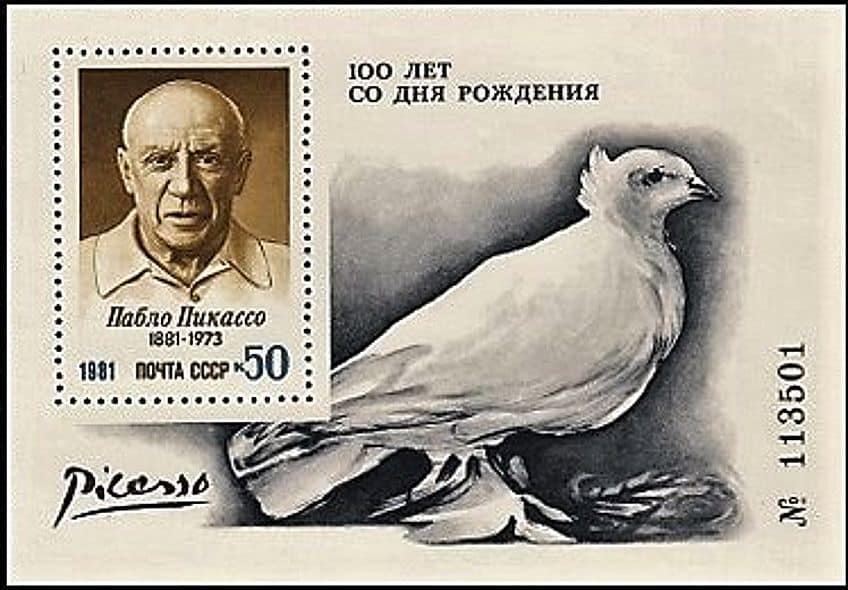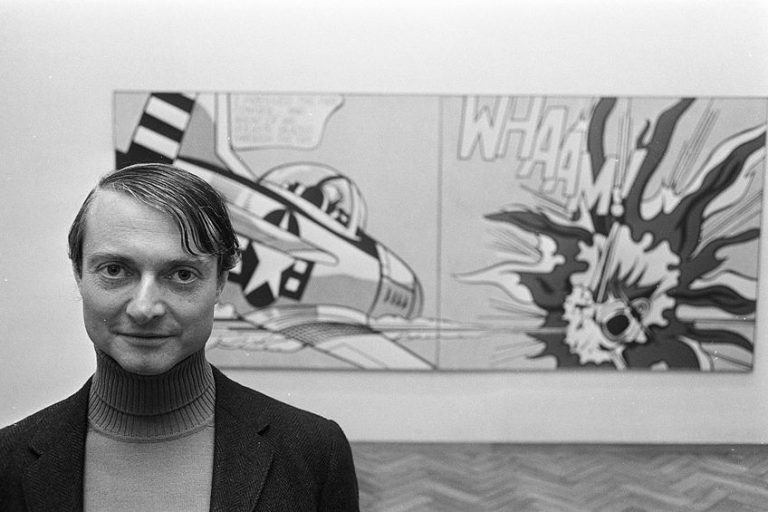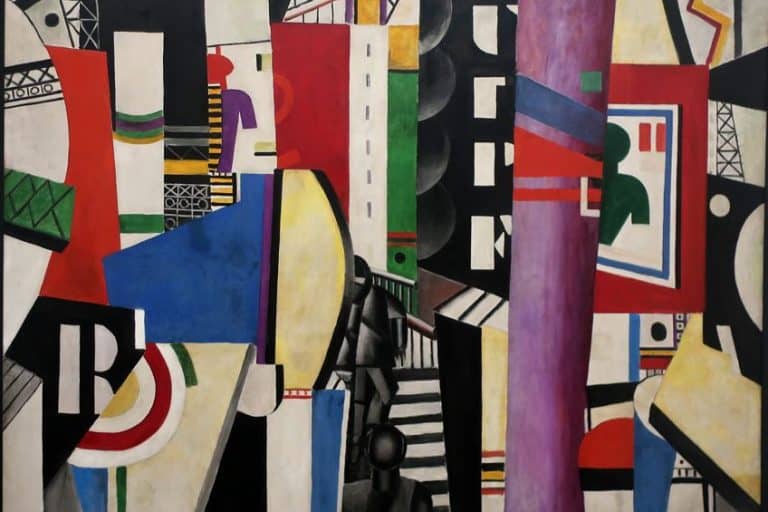“Dove of Peace” by Pablo Picasso – A Dove of Peace Analysis
From an early age, the image of the dove has been etched in the imagination of the widely loved Pablo Picasso. While he created several artworks depicting doves as the main subject matter in his artistic oeuvre, this article will discuss the lithograph on paper widely titled Dove of Peace (La Colombe) (1949), which became a famous symbol of peace.
Artist Abstract: Who Was Pablo Picasso?
The Spanish Pablo Ruiz Picasso was born on October 25, 1881, and died on April 8, 1973. He was a multitalented artist, proficient as a painter, sculptor, printmaker, and draftsman noted for his leading role in the Cubist art movement. Although he was born in Málaga in Spain, he also traveled to other countries like France, where he also lived for some time. He also had two marriages, namely Olga Khokhlova and Jacqueline Roque, additionally, he also had several mistresses and four children. Some of his artworks include his famous Portrait of Gertrude Stein (1906), Guernica (1937), and Bull’s Head (1942).

Dove (1949) by Pablo Picasso in Context
In the Dove of Peace analysis below we will explore a brief contextual analysis of why Pablo Picasso painted it, followed by a formal analysis, which will go into more detail about how the artist painted it.
| Artist | Pablo Picasso |
| Date Painted | 1949 |
| Medium | Lithograph on paper |
| Genre | Animal art |
| Period / Movement | Cubism |
| Dimensions (cm) | 56.7 x 76 |
| Series / Versions | N/A |
| Where Is It Housed? | Tate Modern Gallery, London, United Kingdom |
| What It Is Worth | N/A |
Contextual Analysis: A Brief Socio-Historical Overview
Dove of Peace by Pablo Picasso was utilized for the Paris Peace Congress in 1949, specifically for its poster. However, Picasso created the image of the dove in the printmaker Fernand Mourlot’s art studio, which has also been widely referred to as the Atelier Mourlot.
Picasso started working on his lithographic prints in Mourlot’s studio in 1945 and reportedly created over 400 prints.
The dove print was published in one of the print editions by the Galerie Louise Leiris, which was initially founded by the German Daniel-Henry Kahnweiler in 1920. An interesting fact about the Dove of Peace by Pablo Picasso is that it is a Milanese pigeon, and it was gifted to Picasso by Henri Matisse. Picasso also created another pigeon, which appears more simplified in its rendition titled Dove of Peace (1949).
Formal Analysis: A Brief Compositional Overview
The formal analysis below will discuss the Dove of Peace by Pablo Picasso in more stylistic terms, looking at the subject matter and how it is stylistically composed according to the art elements and principles.
Subject Matter: Visual Description
Dove of Peace by Pablo Picasso depicts a white dove in the center of the composition and standing on both feet in profile view. It is facing toward the right of the composition. There is nothing else around it, but a black background and various areas of white. The dove’s feet are not clearly visible and appear as amorphous white shapes.

Color
The Dove of Peace by Pablo Picasso consists only of neutral colors, namely white and black, white for the dove, and black for the background. It is created through a lithographic ink wash with varying tonality, for example, the dove’s upper back and central body area appear brighter in its whiteness than its tail feathers and head area.
These areas have some shading, giving it more of a unified appearance.
Texture
Through the subtle application of ink wash Picasso also implied the texture of the dove’s feathers, and it has been described as a “soft” appearance. An example includes around the dove’s head, notice the hairs on its head as well as the shading around its eye, all of which appear as seemingly finer hairs.

Line
There are a variety of lines in Dove of Peace by Pablo Picasso, with some appearing as naturalistic contour lines of the dove’s body. For example, the curved line delineates the dove’s chest area, and the straighter line along its back demonstrates the variety of lines in the work.
Other lines are evident around the dove, for example, the diagonal lines seemingly scratched over the white area to the right near the dove’s feet, which reveals the black layer underneath.
Space
Space as an art element can be understood as positive and negative, in other words, the primary subject will be the “positive space” and the rest of the compositional area around it the “negative space”, as it would be in the Dove of Peace by Pablo Picasso, the dove being the positive space.
Shape and Form
The shape and form of Dove of Peace by Pablo Picasso is dominantly naturalistic, in other words, it does not appear geometric or “artificial” and depicts a form we often see in nature: a bird.
However, there are several shapes that compose the form, for example, the half-circular shape of the dove’s chest, the oval shape of its head, the more pointed triangular shape of its beak, the oval or almond shape of its eye, and the almost block-like shape of its tail feathers.
A Peaceful Picasso
The article above explored the Dove of Peace analysis by Pablo Picasso, why he created it, and its stylistic qualities in terms of the art elements. The dove held significant meaning to Picasso, not only because he grew up around its image as well as his father who reportedly also taught his son art from an early age; Picasso also named one of his children Paloma, which means “dove” in Spanish.
The deeper meaning also relates to peace and Picasso’s passion for it; he was reportedly not very political until the events of the Spanish Civil War catalyzed him to stand for peace, also speaking about it at a Peace Congress in 1950. Therefore, the dove we see portrayed here is perched on the uppermost parts of Picasso’s ambitions for change and ultimately a world without war.
Frequently Asked Questions
Who Painted the Dove of Peace?
The famous Dove of Peace (1949) is not a painting but is in fact a lithograph on paper created by Pablo Picasso. The dove was created to symbolize peace during a time when Picasso stood for the fight for peace against war.
Why Was Dove of Peace by Pablo Picasso Created?
Dove of Peace (1949) by Pablo Picasso was created as a lithograph on paper and was utilized as a poster for the Peace Congress in 1949, which was held in Paris. The image of the dove illustrated several other peace-related materials and has been considered an icon representing peace, an image that Picasso also replicated during his art career.
Where Is Dove of Peace by Pablo Picasso?
The Dove of Peace (1949) by Pablo Picasso is held at the Tate Modern Gallery, in London, United Kingdom. It was reportedly passed down in 1991 by Elly Kahnweiler, and was then accessioned by the gallery in 1994.
Alicia du Plessis is a multidisciplinary writer. She completed her Bachelor of Arts degree, majoring in Art History and Classical Civilization, as well as two Honors, namely, in Art History and Education and Development, at the University of KwaZulu-Natal, South Africa. For her main Honors project in Art History, she explored perceptions of the San Bushmen’s identity and the concept of the “Other”. She has also looked at the use of photography in art and how it has been used to portray people’s lives.
Alicia’s other areas of interest in Art History include the process of writing about Art History and how to analyze paintings. Some of her favorite art movements include Impressionism and German Expressionism. She is yet to complete her Masters in Art History (she would like to do this abroad in Europe) having given it some time to first develop more professional experience with the interest to one day lecture it too.
Alicia has been working for artincontext.com since 2021 as an author and art history expert. She has specialized in painting analysis and is covering most of our painting analysis.
Learn more about Alicia du Plessis and the Art in Context Team.
Cite this Article
Alicia, du Plessis, ““Dove of Peace” by Pablo Picasso – A Dove of Peace Analysis.” Art in Context. February 13, 2023. URL: https://artincontext.org/dove-of-peace-by-pablo-picasso/
du Plessis, A. (2023, 13 February). “Dove of Peace” by Pablo Picasso – A Dove of Peace Analysis. Art in Context. https://artincontext.org/dove-of-peace-by-pablo-picasso/
du Plessis, Alicia. ““Dove of Peace” by Pablo Picasso – A Dove of Peace Analysis.” Art in Context, February 13, 2023. https://artincontext.org/dove-of-peace-by-pablo-picasso/.










